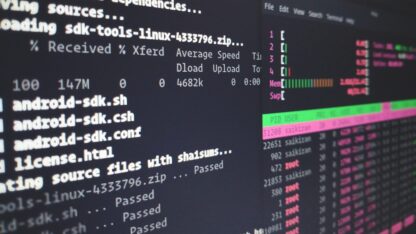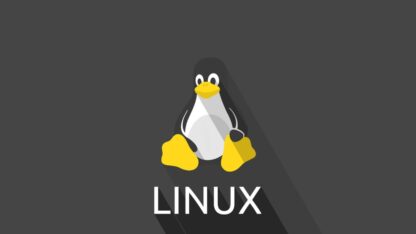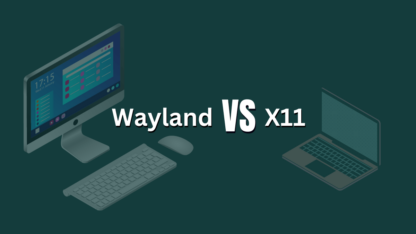-

Automating Tasks With Cron Jobs on Linux
Learn how to automate tasks with cron jobs on Linux. This in-depth tutorial covers everything from basic cron syntax and creating cron jobs to advanced configurations, common use cases, troubleshooting, and security considerations. Perfect for…
-

Beginner-Friendly Linux Distros
Explore the best beginner-friendly Linux distros, including Ubuntu, Linux Mint, Zorin OS, Elementary OS, Pop!_OS, and Manjaro. Learn about their features, benefits, and why they are ideal for newcomers to the Linux world.
-

How To Secure Your Linux server?
Learn how to secure your Linux server with industry-standard practices. This comprehensive guide covers system updates, strong passwords, SSH key authentication, firewall configuration, disabling unnecessary services, intrusion detection systems, secure SSH settings, regular backups, log…
-

Linux File System: Explained
Discover the intricacies of the Linux file system in this comprehensive guide. Learn about its hierarchical structure, various file system types (ext4, XFS, Btrfs), key directories, essential commands, and advanced features like journaling, snapshots, RAID,…
-

Lightweight Linux Distros for Old Laptops
Discover the best lightweight Linux distros for old laptops. Revive your aging hardware with efficient, user-friendly Linux distributions designed for lower resource consumption.
-

How To Change Debian Boot Screen and Plymouth Splash Screen Resolution?
Debian looks amazing once loaded, but we do see a few seconds of text based starting up boot screen that looks a little off resolution to actual display’s resolution. For example, my display resolution is…
-
![Install Nvidia drivers on Debian [and Ubuntu]](https://www.atulhost.com/wp-content/uploads/2024/02/nvidia-416x234.jpg)
Install Nvidia drivers on Debian [and Ubuntu]
Many Linux enthusiasts use Debian Linux system with high-end hardware specs and find Nvidia drivers difficult to install; the main reason behind this difficulty is that Nvidia is not open-source so no support for it,…
-

Why does htop show an exclamation mark next to uptime?
Htop is an excellent interactive system monitor process viewer and process manager. It is a modern and good-looking replacement to traditional and old-fashioned TOP found in every UNIX/LINUX systems. But I saw this (!) exclamation…
-

Why Is Wayland Better Than X11?
Learn why Wayland is considered superior to X11 in the realm of display servers, exploring its advantages in performance, security, and modern features.
-

Recovering deleted files on different operating systems: Windows, macOS, and Linux
We’ve all been there – that sinking feeling when you accidentally delete an important file. Whether it’s that important presentation, cherished family photos, or a crucial spreadsheet, losing files can be a major bummer. But…
-

How To Create a Bootable Linux USB Flash Drive From Terminal?
Many Linux users might be using some tool to create bootable Linux USB sticks, but no one uses the traditional method which works flawlessly on command line interface, and I’m still using this method instead…
Linux
From smartphones to cars, supercomputers and home appliances, home desktops to enterprise servers, the Linux operating system (kernel) is everywhere.
